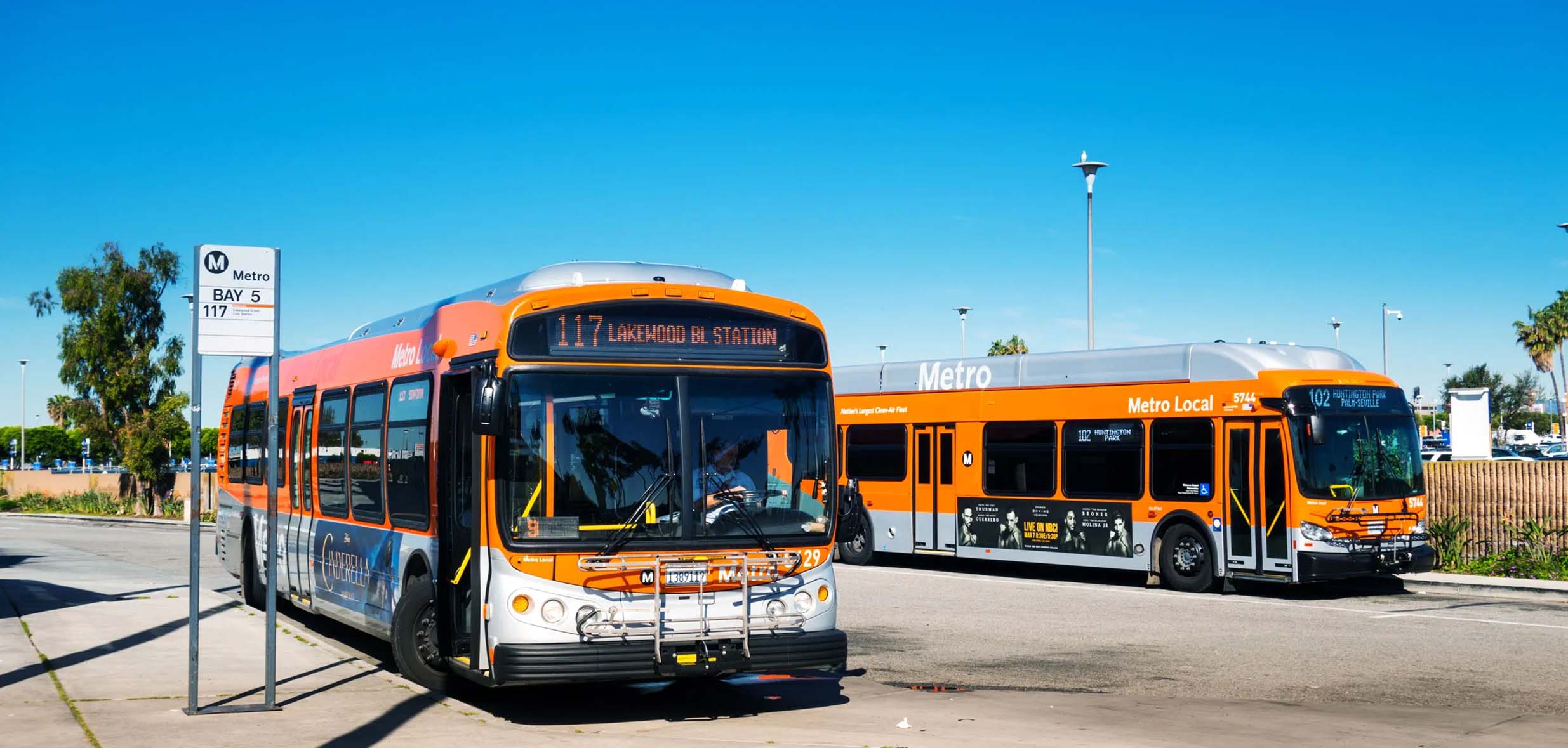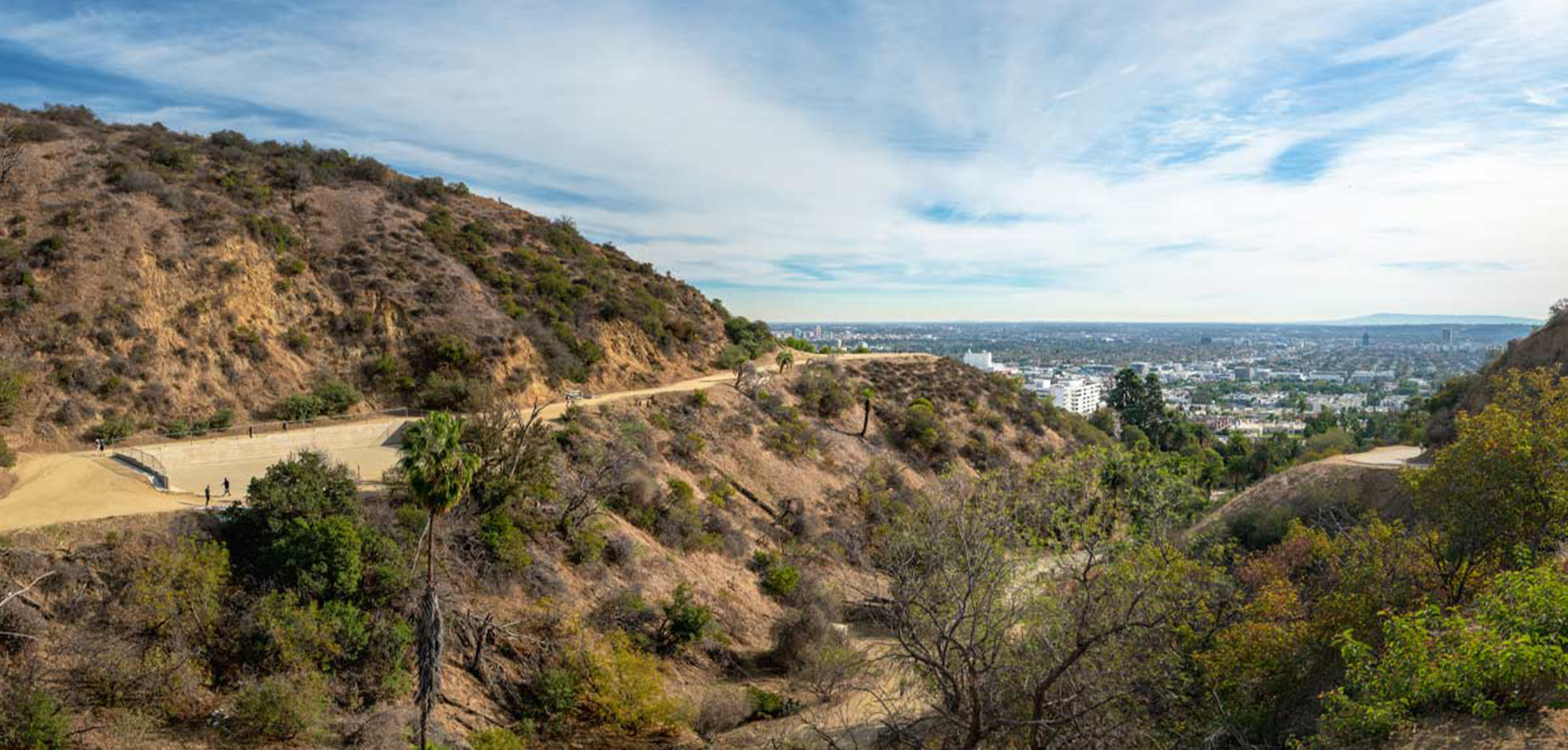Los Angeles is a sprawling metropolis, notorious for its traffic and wide-reaching neighborhoods. Whether you’re visiting for the first time or a frequent traveler, navigating this city can seem daunting. However, if you plan your travel well and make the most of public transportation, you can save time, money, and the headache of driving in the city’s infamous traffic.
During my recent trip to LA, I decided to ditch the rental car and fully immerse myself in the city’s public transportation system. To my surprise, getting around Los Angeles was far easier than I had expected. With a combination of buses, metro lines, and rideshare services, I was able to explore most of the city efficiently. In this guide, I’ll break down how to navigate LA’s public transport system, offer tips for using it effectively, and share my own experiences to help you get the most out of your visit.
1. Overview of Los Angeles Public Transport
Los Angeles boasts an extensive public transportation network, operated by the Los Angeles County Metropolitan Transportation Authority (commonly referred to as Metro). The system includes:
- Metro Buses: Over 170 bus lines cover the entire county.
- Metro Rail: A network of six metro lines—Red, Purple, Blue, Expo, Green, and Gold—each serving different areas of LA.
- Metrolink: A regional train service that connects surrounding counties with downtown LA.
- Dash Buses: Small, affordable buses that operate in specific neighborhoods and downtown LA.
Although the public transportation system is far-reaching, understanding how to use it efficiently can make a huge difference in your travel experience.
2. Metro Rail: The Backbone of LA’s Public Transport
One of the best ways to avoid LA’s notorious traffic is to use the Metro Rail system. I found the rail to be a fast and reliable way to get around without the hassle of parking or sitting in traffic. Here’s a breakdown of the key lines:
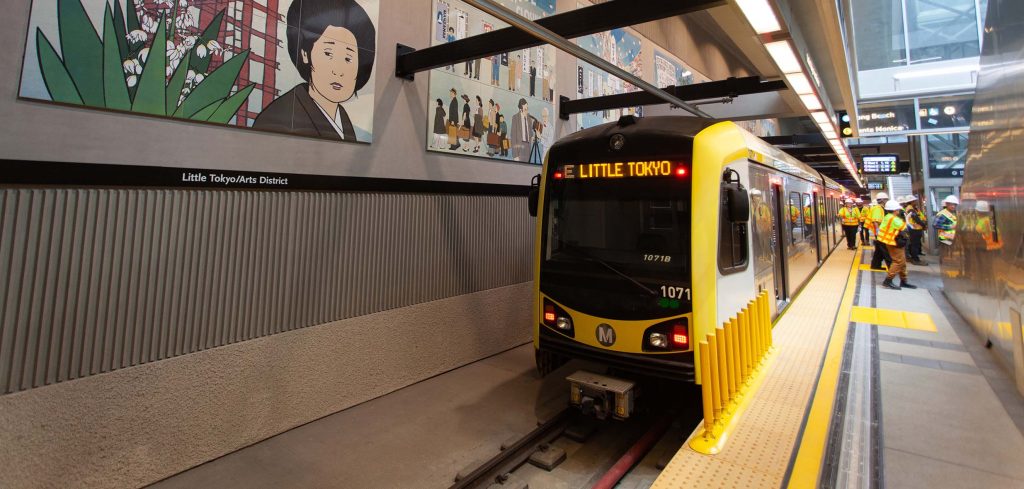
- Red Line: The Red Line was my go-to option for getting to the major tourist spots in LA. It runs from Union Station in downtown LA to North Hollywood, passing through hotspots like Hollywood/Highland (great for visiting the Walk of Fame and TCL Chinese Theatre) and Universal City (perfect for Universal Studios).
- Purple Line: This line runs parallel to the Red Line for much of its route but branches off at Wilshire/Vermont and heads toward Koreatown. I used it when I wanted to explore Koreatown’s dining scene.
- Blue Line (A Line): I used the Blue Line to visit Long Beach, which offers a cool, laid-back coastal vibe. It runs from downtown LA to downtown Long Beach and provides access to the Aquarium of the Pacific and other attractions.
- Expo Line (E Line): This line connects downtown LA to Santa Monica. I loved using it to reach Santa Monica Beach and Pier, which saved me from parking headaches in this popular area. It’s a scenic 45-minute ride to the coast.
- Gold Line (L Line): This line runs from East LA to Pasadena. It’s a great option for those looking to visit the historic Old Pasadena area, where I enjoyed strolling through boutique shops and cafes.
- Green Line: The Green Line services areas near the Los Angeles International Airport (LAX) and runs from Norwalk to Redondo Beach. It’s ideal if you need to reach areas along the coast or connect to LAX.
One of the most useful things I discovered about the Metro Rail system is that it’s pretty affordable. A one-way trip costs just $1.75, and transfers between lines are free within two hours. You can also purchase a TAP card, a reloadable card that can be used on all Metro buses and trains. I highly recommend getting one at the start of your trip, as it makes hopping on and off transit much easier.
3. Buses: Exploring Beyond the Metro Rail
While the Metro Rail system is convenient, buses are necessary to reach areas that the rail doesn’t cover. I often used the Metro Bus system to get to neighborhoods like Venice Beach, Beverly Hills, and Westwood, which aren’t directly accessible via the Metro Rail.
How to Navigate the Bus System
The key to navigating LA’s bus system is knowing which routes work best for your destinations. Google Maps became my best friend during this trip, as it provided real-time information on bus arrivals and routes. You can also use the Transit app for similar functionality.
Here are some of the most useful bus routes I found:
- Bus 720 (Rapid Line): This rapid bus travels along Wilshire Boulevard, connecting downtown LA with Beverly Hills and Westwood (home to UCLA). It’s a great option for getting to Westwood Village or the Miracle Mile area.
- Bus 704 (Rapid Line): This bus travels along Santa Monica Boulevard and connects Santa Monica with West Hollywood and Beverly Hills.
- Bus 733 (Rapid Line): This line connects downtown LA with Venice Beach and Abbot Kinney Boulevard, which is one of the best spots for shopping and dining.
- Bus 20: This bus also runs along Wilshire Boulevard but makes more frequent stops than the 720 Rapid. I used it to explore the Los Angeles County Museum of Art (LACMA) and The Grove.
Metro Buses are the same price as the Metro Rail: $1.75 per ride. Again, using a TAP card makes the whole process more seamless, as you can just tap and go.
4. Getting Around Downtown LA with DASH Buses
If you’re staying or exploring downtown LA, one of the best-kept secrets is the DASH bus system. DASH buses operate within smaller neighborhoods and are perfect for short trips around downtown. I used these regularly because they’re incredibly cheap (just 50 cents per ride with a TAP card) and frequent.
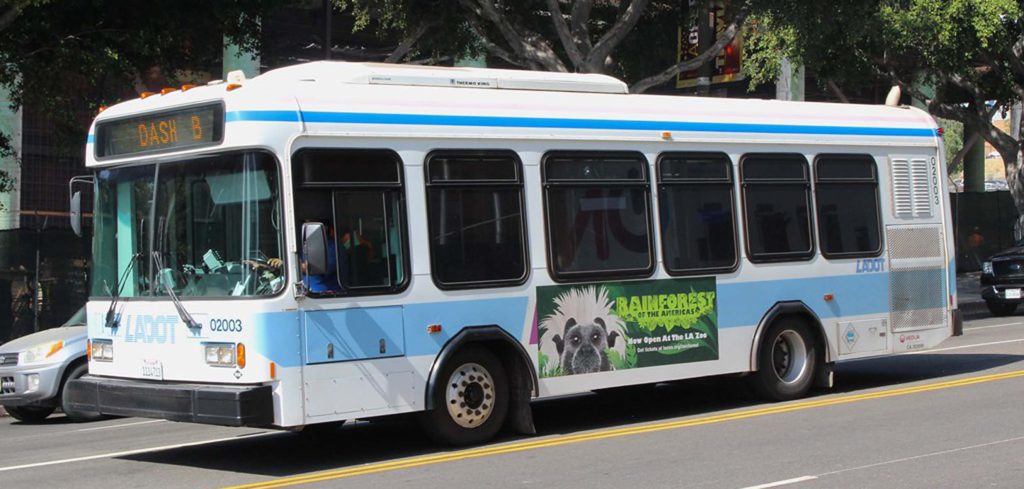
For example, if you’re exploring areas like Little Tokyo, Chinatown, or The Arts District, DASH buses are a great way to hop between locations without needing to walk long distances.
5. Ride-Sharing Services and Electric Scooters
For those moments when public transport didn’t quite fit into my schedule, I turned to Uber and Lyft, both of which are ubiquitous in Los Angeles. Ride-sharing is often the best option late at night, especially if you’re traveling outside the city center or to neighborhoods not well-served by public transport.
Another fun and eco-friendly way to get around some areas is by using electric scooters. Companies like Bird and Lime offer scooters that can be rented via mobile apps. You simply scan the scooter, ride to your destination, and leave it there. I tried these out in Santa Monica, and they were a blast—perfect for a sunny day by the beach!
6. The FlyAway Bus: A Convenient Option from LAX
If you’re flying into or out of Los Angeles International Airport (LAX), the FlyAway Bus is one of the easiest ways to reach popular destinations like Hollywood, Union Station, or Venice Beach. The bus runs 24/7 and costs between $9.75 and $10.75 depending on your destination, which is much cheaper than taking a taxi or rideshare from the airport. I used the FlyAway bus to get from LAX to Union Station, where I connected to the Red Line to Hollywood.
7. Day Passes and TAP Cards: The Budget Traveler’s Best Friend
One of the best pieces of advice I can give to anyone planning to use public transport in LA is to invest in a TAP card and consider purchasing a day pass if you plan to take multiple trips in one day. A day pass costs $7 and allows for unlimited rides on all Metro buses and trains.
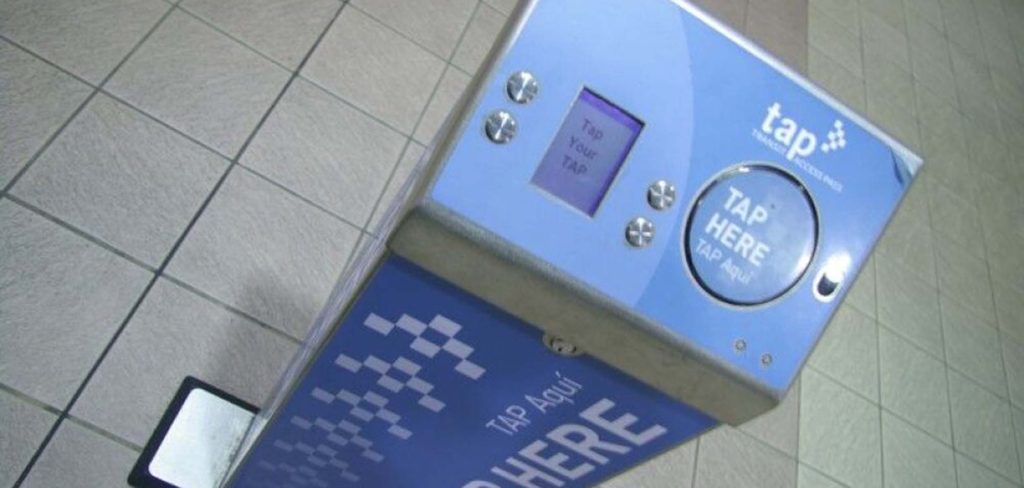
You can purchase TAP cards at Metro Rail stations, online, or at various retailers around the city. Once you have a TAP card, you can load it with cash or passes, making it super convenient to use across different modes of transportation.
8. Travel Tips for Navigating LA’s Public Transport Like a Pro
After using public transportation extensively during my trip, here are a few tips to make your experience even smoother:
- Plan Ahead: LA is a vast city, and while public transport is great, some areas are more easily accessible than others. Use apps like Google Maps or Transit to plan your routes and check for real-time bus and train schedules.
- Avoid Rush Hour: Traffic in LA can be brutal during peak hours (7-9 AM and 4-7 PM). If possible, plan your travel during off-peak times to avoid crowded buses and trains.
- Safety First: While LA’s public transport is generally safe, always be mindful of your belongings, especially in crowded areas. I made sure to keep my bag zipped and close to me when on busy buses or trains.
- Explore On Foot: LA’s neighborhoods can be very walkable once you’re there. Areas like Hollywood, Downtown LA, and Santa Monica are best explored on foot once you’ve arrived via public transport.
Efficient and Affordable Travel in LA
Los Angeles might be known as a car-centric city, but with the right planning and use of public transport, getting around can be efficient and stress-free. From the comprehensive Metro Rail system to the widespread bus routes and convenient ride-sharing options, there’s no need to rely on a car to explore this vibrant city.
